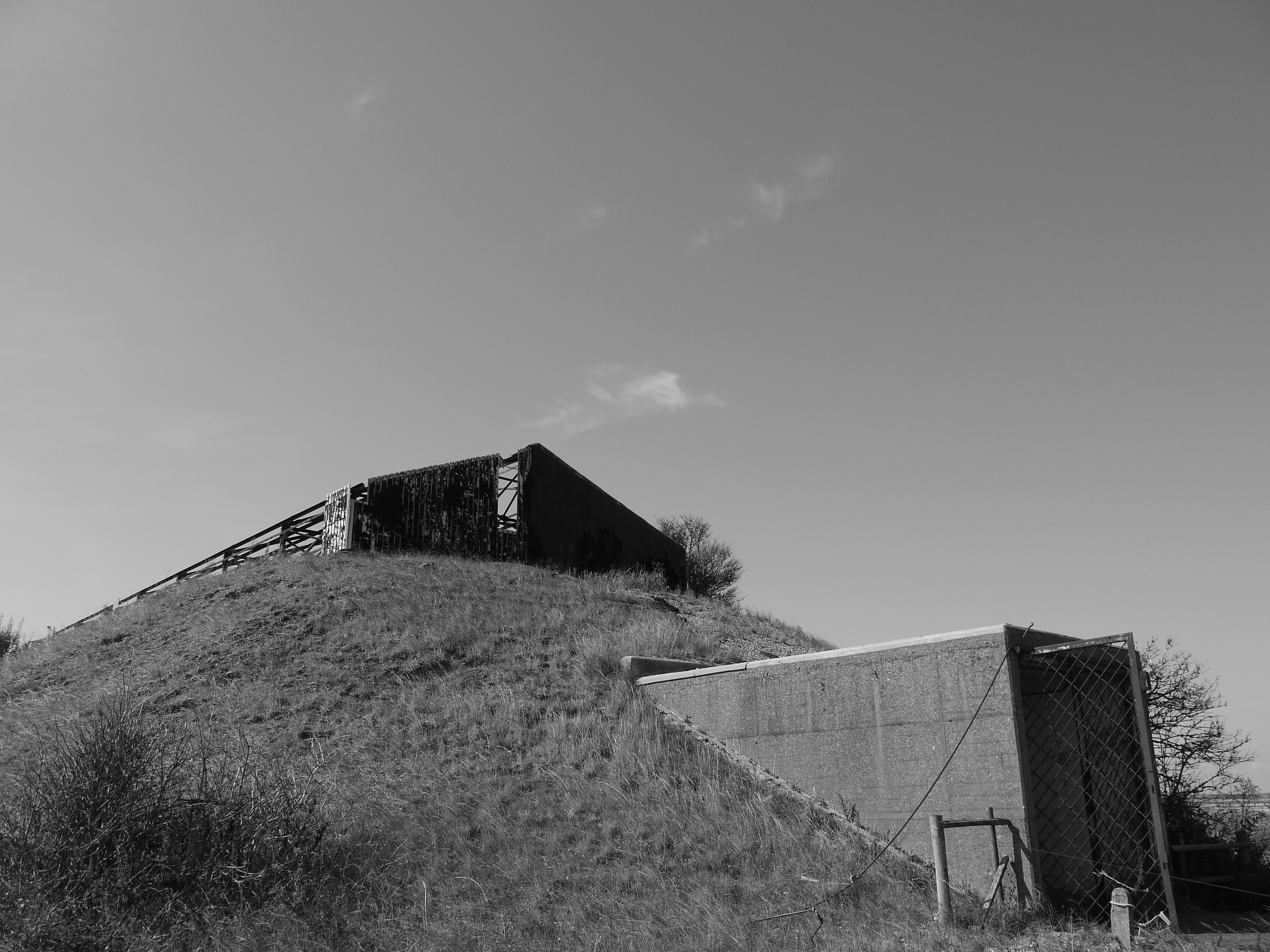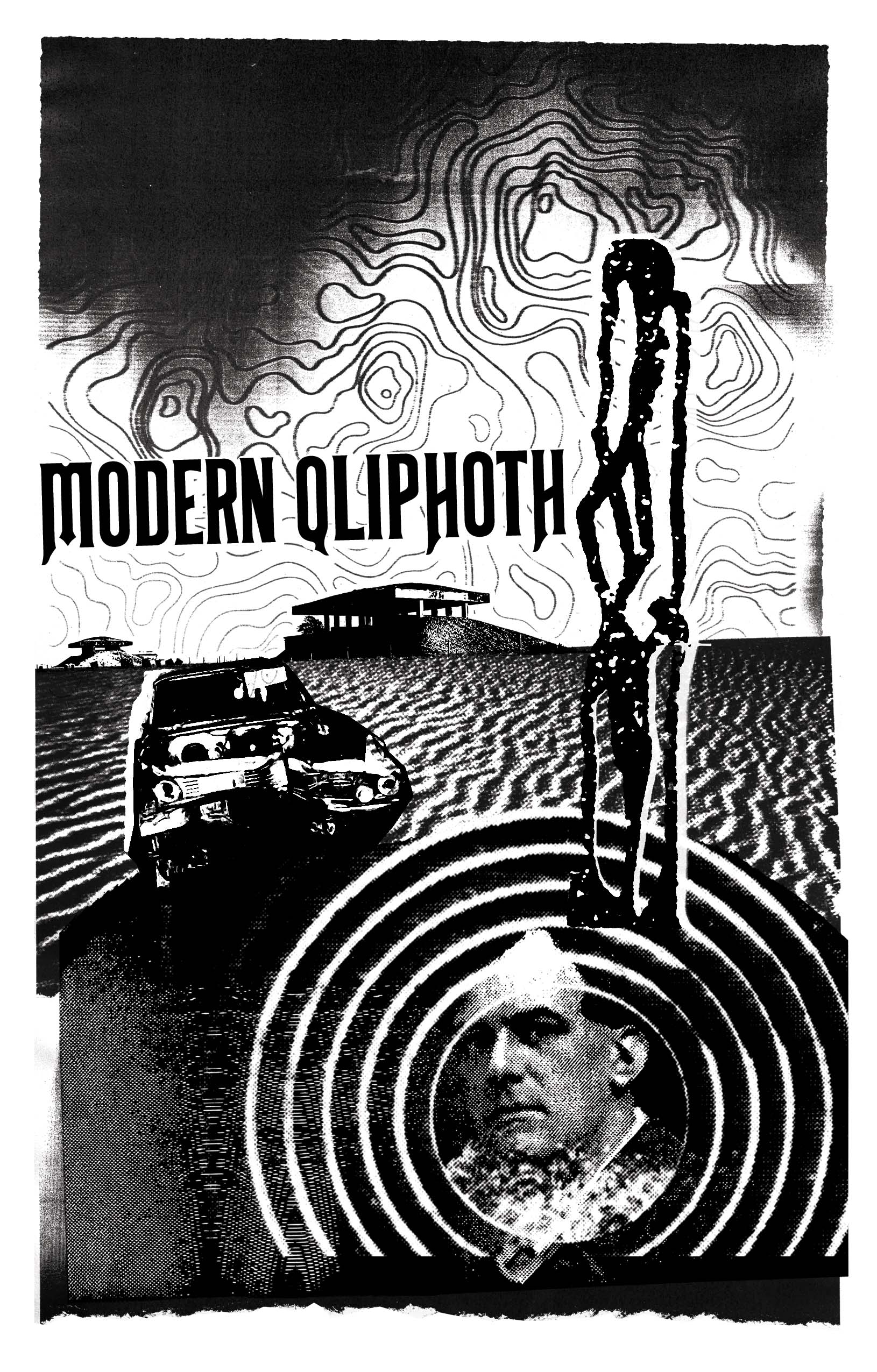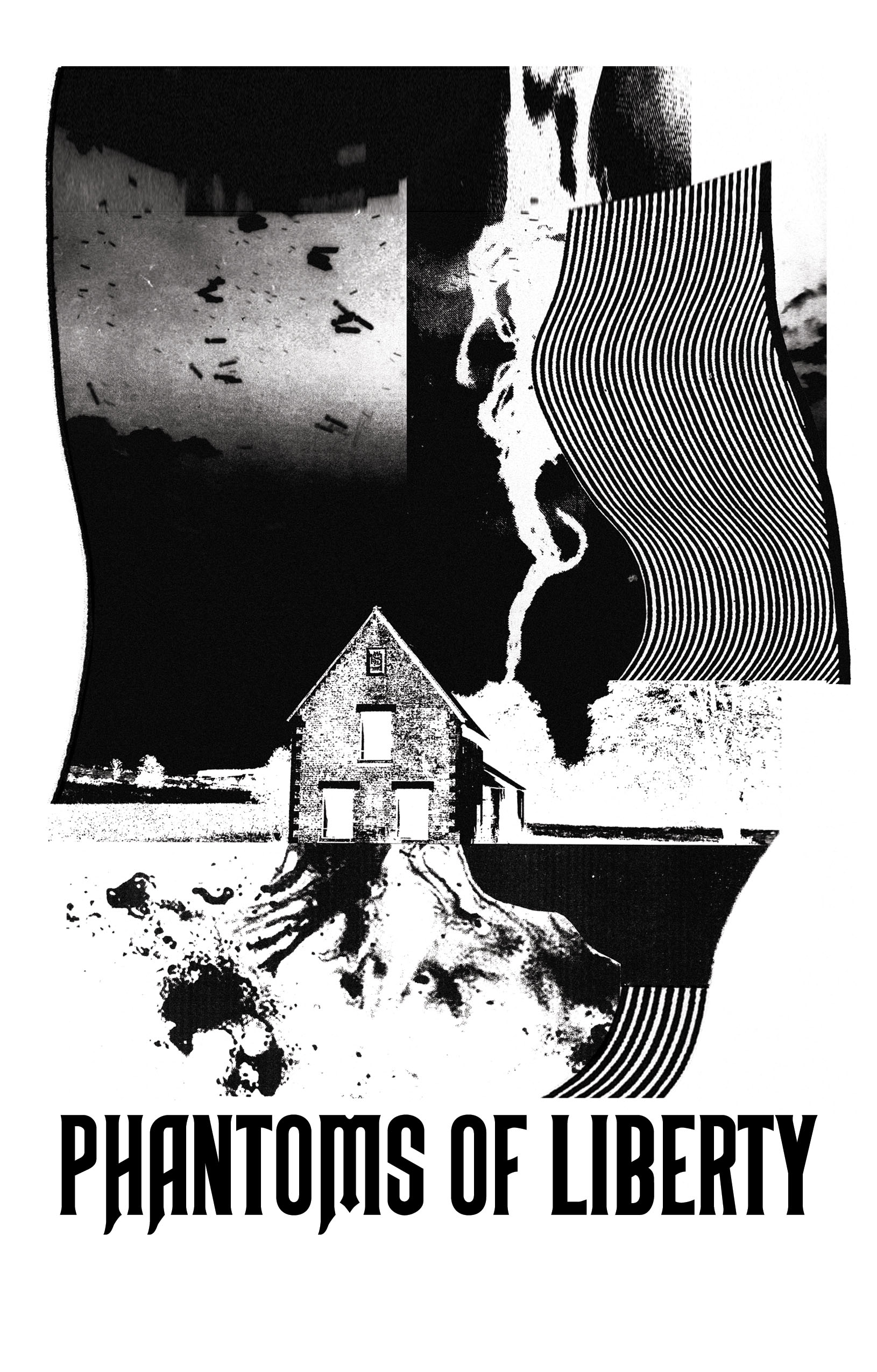The English Heretic Collection
Modern Qliphoth
The English Heretic Collection
The new qliphoth becomes concretised, externalised, and literalised in Ballard. Like Robert Anton Wilson’s definition of illth, in Ballard, it’s most prevalent as the excreta of technology; it’s often violently achieved debris. More taboo than this, however, is the sexual potential of its metal waste. Like Dali’s Accommodations of Desire, Ballard exactly describes the shadow form of a car crash victim by the impacting contours of the damaged vehicle; the instrument of their death is a fatal cocoon. A necrophile memory of violence that he takes to the darkest wreckage yards by endlessly spilling sperm on its shattered dials. The drained swimming pool is part of his personal qliphoth. The trappings of his childhood opulence emptied by the violent intrusion of WWII. Fighter planes submerged in the dunes become magical devices imbued with the ghosts of their pilot. There’s a Sanskrit word Grant continually employs in his Tantric lexicon — Vahana. These are the vehicles that pulled the Hindu deities. In the new taboo, these vehicles are the broken vessels of the modern qliphoth. Grant’s work is an explicitly vampiric arrangement with the void. Orgasm is repressed by the technique of Karezza and desire is projected onto sigils — often in the form of brooches and necklaces worn by oracular priestesses; succubal dreams ensue from this highly charged operation. Ballard twists this Tantric method further; the wounds and scars of his suvasinis become the sigils to a transcendent and totally liberated new sexuality. A perverse pleasure in everything.





